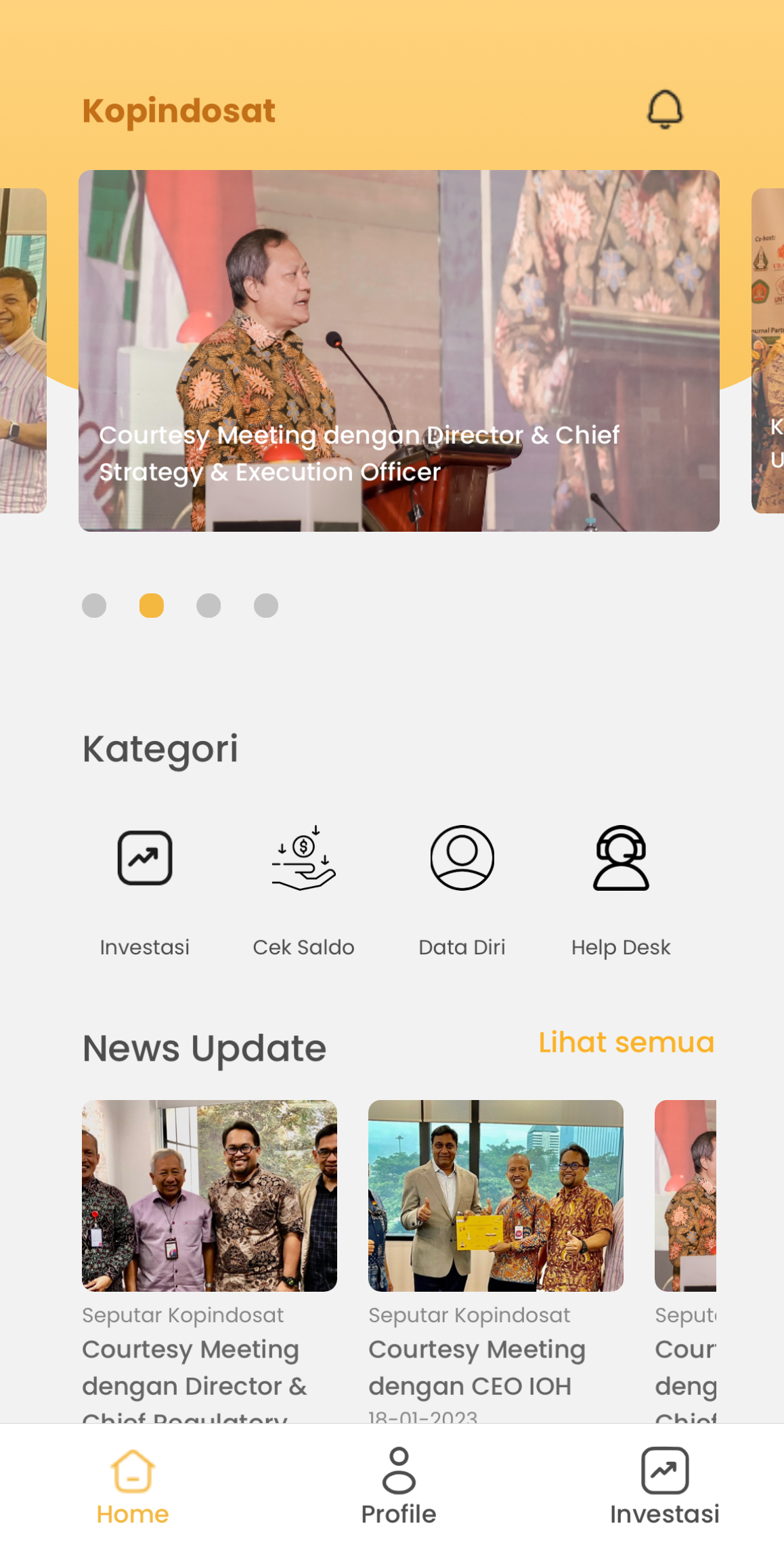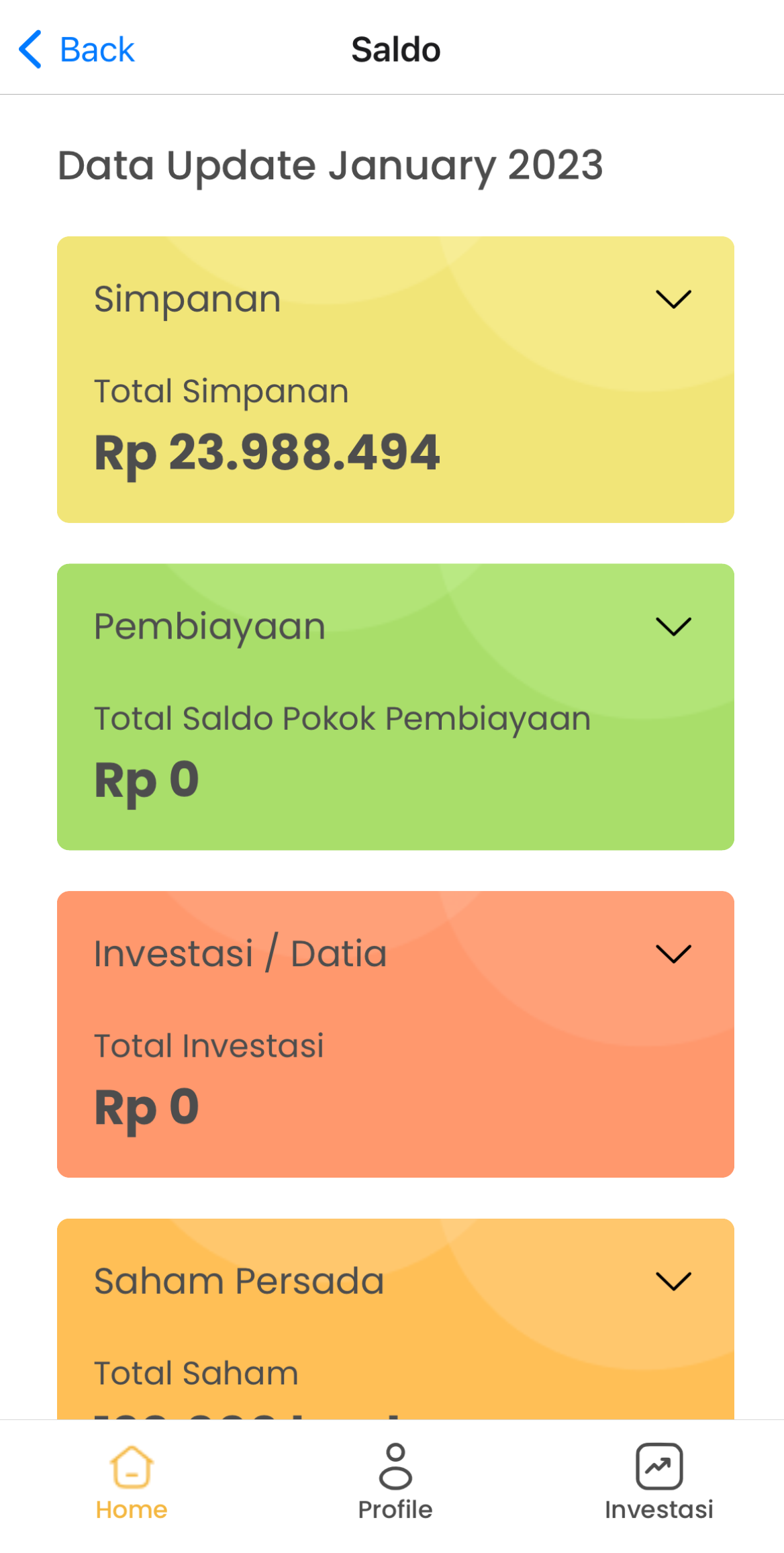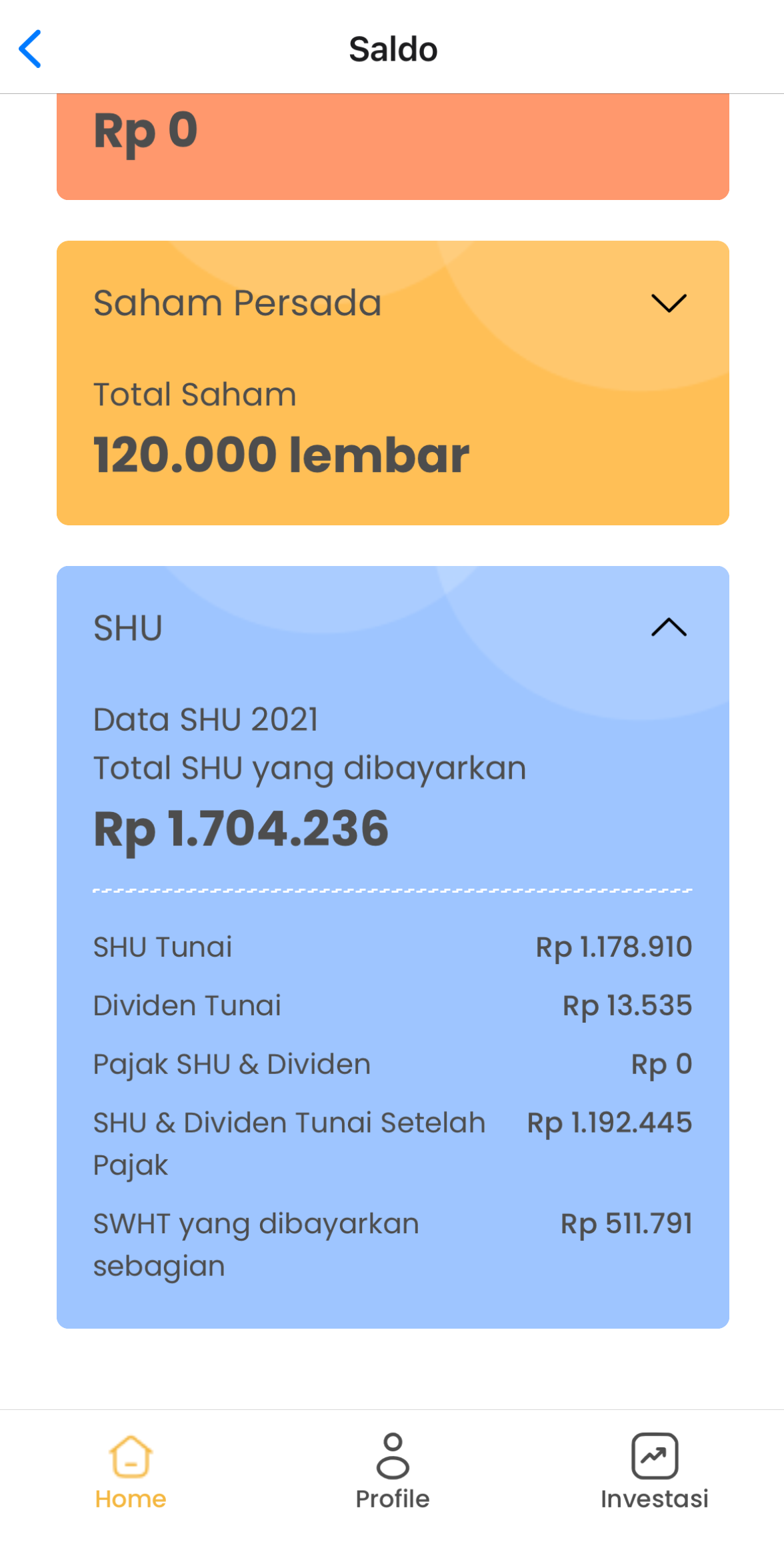
OVERVIEW
Kopindosat, a privately-owned cooperative by Indosat, has faced challenges in enhancing, elevating and driving growth in its business line as a result of inability to transform the existing business to the digital world.
Mykopin version 1 is part of Kopindosat’s portfolio, with its operations not consolidated onto a single platform. This leads to the disadvantage of users having to constantly switch between different apps to complete tasks, making the process time-consuming and cumbersome. The fragmentation also creates challenges for data sharing and coordination, raising the possibility of user error. Furthermore, the use of multiple apps can take up more device storage and potentially put additional strain on device resources.
The Brief
In this project, TRIVOLUTION is not the only third party Kopindosat team teaming up with, we work closely with another vendor.
Our role here is a technical partner that extends beyond simply developing the platform, we also collaborate with Kopindosat with the primary function of maximizing the potential of existing businesses through improvement and enhancement.
Challenges
The biggest obstacle we had during the project development was to make sure everything went as planned, timeline wise and coordinated with another vendor. Because there were a lot of differences between the teams, from working hours to priorities.
- Communication challenges: Maintaining clear and consistent communication between the primary team and the vendor can be difficult, leading to misunderstandings and delays.
- Integration issues: Integrating the work of multiple vendors into a cohesive final product can be challenging, as different vendors may use different technologies, standards, or methodologies.
- Conflicts of interest: Conflicts of interest may arise between the primary team and the vendor, such as competing priorities or differing opinions on project direction.
- Dependence on vendor: Relying on another vendor for key components of a project can be risky, as the vendor’s availability and performance can impact the success of the project.
- Changes of direction: Because of the sudden change in direction, we had to do the alternative plan to alter the sudden changes with one mission to deliver the project according to our initial brief.
SOLUTION
To overcome the disadvantages, the creation of a single, all-encompassing platform for user activities is necessary. The Mykopin mobile app serves this purpose, allowing users to carry out a range of cooperative activities such as investment, savings, loan, news and providing feedback.
The Initial Plan
The initial plan was to handle the mobile application which integrated with Odoo Cloud so the documentation and data management can be done in one place which is Odoo Dashboard.
As an IT consultant, creating a digital product from user research to high fidelity design requires a structured approach that includes the following steps:
- User research: Conducting user research to understand the needs and goals of the target audience is the first step in creating a successful digital product. This research can include user interviews, surveys, focus groups, and other methods to gather information.
- Requirements gathering: Based on the insights from user research, the next step is to gather requirements for the digital product. This may involve working with stakeholders to determine the features and functionality that are most important to the target audience.
- Concept development: Using the requirements gathered, the consultant can develop concepts for the digital product, including sketches, wireframes, and prototypes. These concepts are used to explore different design solutions and to communicate the product vision to stakeholders.
- User testing: The concepts developed in the previous step are then tested with users to validate the design and gather feedback. This testing helps to identify areas for improvement and ensures that the product meets the needs of the target audience.
- Design refinement: Based on the feedback from user testing, the consultant can refine the design of the digital product, making changes as needed to improve usability and meet user needs.
- High-fidelity design: The final stage of the process is to create a high-fidelity design for the digital product. This includes detailed specifications for the product’s interface, functionality, and interactivity. The high-fidelity design is used to guide the development of the final product.
The Alternative
In the middle of the project, the client requested several changes to the scope of work because of conflicts with another third party. This included adding new features, modifying existing ones, and shifting the project timeline. These changes presented a significant challenge for our team, as they threatened to derail the project and compromise the delivery timeline.
In response, our company developed an alternative solution to manage these changes and ensure that the project objectives were still met. Our approach involved establishing a flexible project management structure that allowed for seamless integration of alterations into the project plan. This included regularly scheduled check-ins with the client to review progress and make any necessary adjustments.
Our team also introduced agile methodologies, which allowed for a more dynamic approach to problem-solving and decision-making. This provided the team with the flexibility to respond quickly to changes and ensured that the project remained aligned with the client’s evolving needs.



Key Features
Investment
Loan/Financing
Saving
Standard Features
News
Profile
Help Desk
Banner
